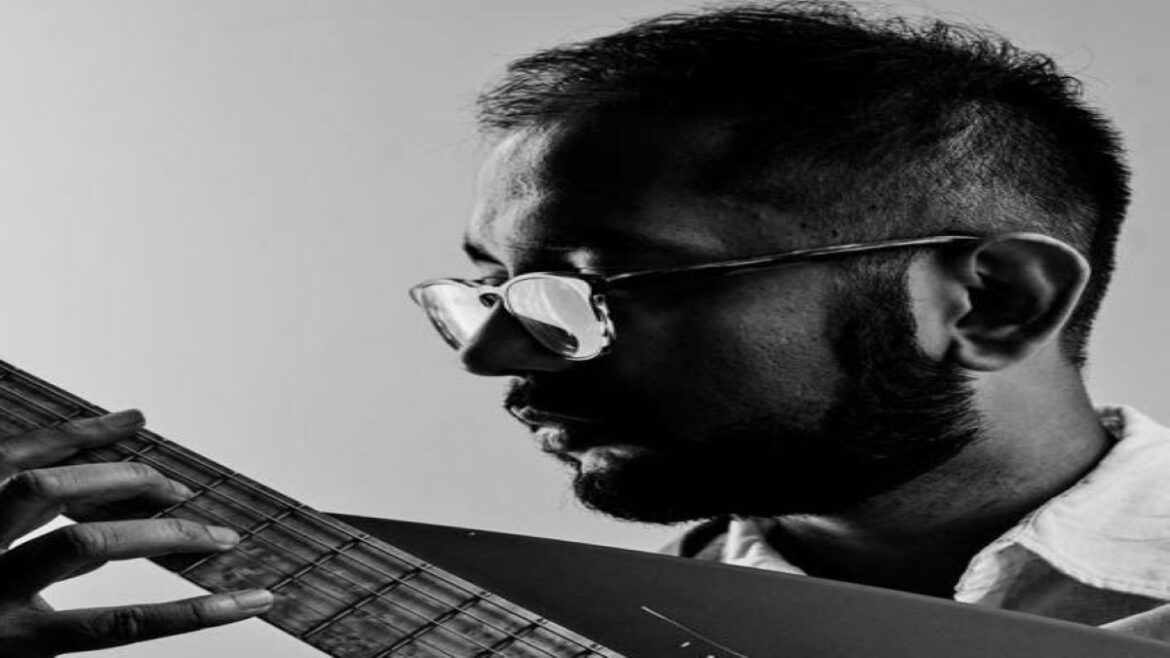By Abhijit Nath
The music industry is at a very interesting inflection point. Historically, music has changed its dominant format every 11 years since 1920- from wax cylinders to vinyl to cassettes to CDs to iTunes to streaming. Each alternate music format bundles and unbundles music- after 11 years of the all-you-can-eat buffet of Spotify, it’s time for a change.
The fundamental problem is this – if all the music in the world is free, none of it has any value, and music becomes a “lean back” format. This is why the music industry is a $20b industry currently (as opposed to the gaming industry which is approximately $200b in value).
Beyond the stars, barely any artists make money through their art. The top 1% artists on Spotify make USD 4,000 per month on average, while the remaining 99% of artists make- wait for it- $12 a month. It’s time for a change.
Over the past year, there has been a lot of conversation around how artists can “take back” their careers by leveraging Web3. Platforms like royal.io, sound.xyz and Catalog have allowed a small handful of artists to break through- 3LAU raised almost $12 million from his fans in 2019, and large stars like the Chainsmokers, NAS & Diplo have followed. Mainstream fans, however, have not gotten excited by this- and that is because “ownership” is not enough. You must change how people consume music.
In this era of low attention spans, Tiktok and Snapchat, there is one industry that still commands attention- gaming. Music can take many lessons from this- make music listening immersive, make music itself interactive rather than immersive, make the release of new things an event. This is what people really mean when they talk about the metaverse, the other buzzword of our times.
But again- consumers haven’t flocked to metaverse platforms like the Sandbox and Decentraland- and this is because there isn’t enough to do there. There aren’t enough activities, enough ‘fun’. Add those in, and you have a winner.
So what does the future of music look like?
i) An immersive environment where new and existing music releases
ii) The ability of fans to show their fandom in deeper ways than they can do in real life
iii) Unlocking the ability of everyone to go deeper into and alter the music they love
iv) Ownership of content- In the past ten years, we have gotten used to renting content rather than owning. We are already seeing a lashback against the walled gardens of Big Tech- this trend will accelerate.
v) Interoperability of content- Once you have bought content in one place, you can use it across the internet
The future looks bigger, fairer, more creative and more bewildering than the one we’re used to. It’s time for a change.
###
The author is founder and CEO, Alive

